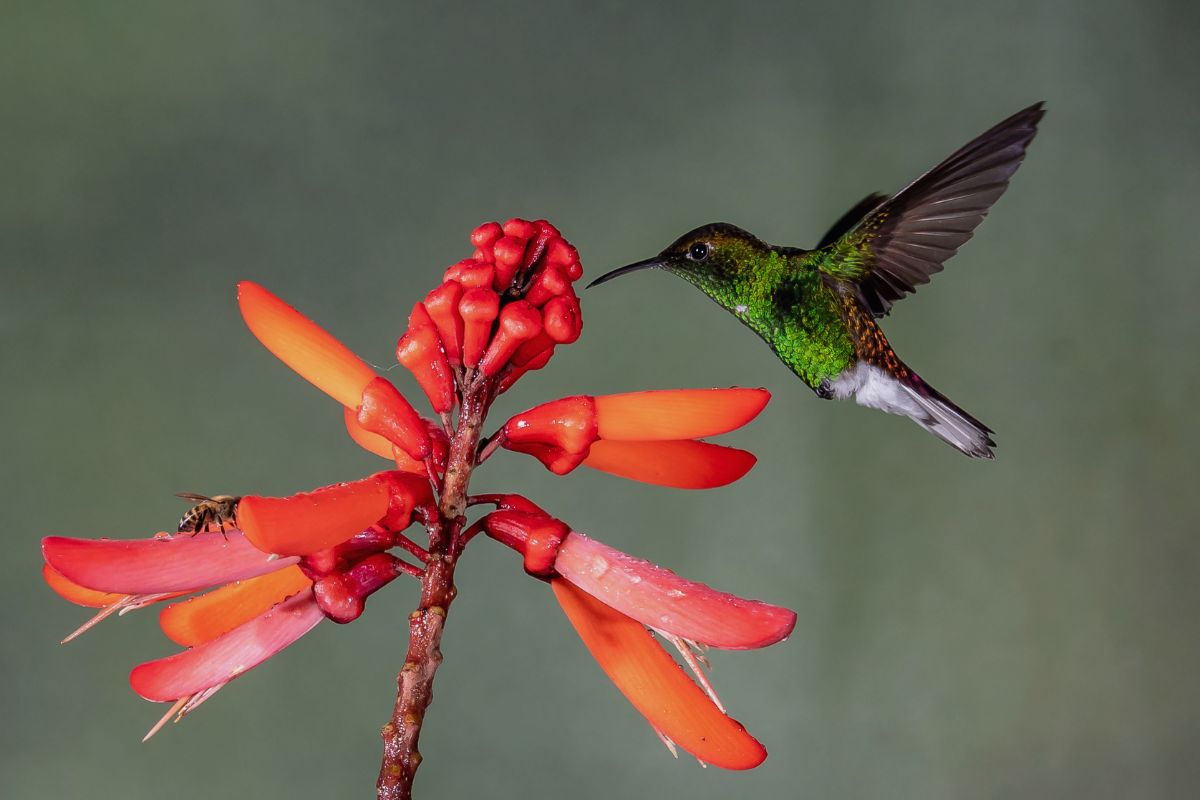Texas is a haven for hummingbirds, boasting a wide variety of species that can be found in different regions of the state. In this article, we will explore the diverse species of hummingbirds in Texas, their habitats, and provide tips on attracting them to your garden.
The Diverse Species of Hummingbirds in Texas
Texas is home to numerous species of hummingbirds, including the Ruby-throated Hummingbird, Black-chinned Hummingbird, Rufous Hummingbird, Broad-tailed Hummingbird, Calliope Hummingbird, Anna’s Hummingbird, Buff-bellied Hummingbird, Violet-crowned Hummingbird, Blue-throated Mountain-gem, White-eared Hummingbird, Magnificent Hummingbird, and Lucifer Hummingbird. These are just a few of the species documented in Texas, with some being common visitors and others being rarer and only spotted in specific locations or during migration.
Where to Find Hummingbirds in Texas
East Texas Pineywoods: The Pineywoods region offers lush forests and abundant resources for hummingbirds. Ruby-throated Hummingbirds can be found here, along with occasional sightings of Rufous Hummingbirds during migration.
Central Texas Hill Country: This region is a hotspot for hummingbird activity, especially during the spring and summer months. Black-chinned, Rufous, and Broad-tailed Hummingbirds are commonly found in this area. The South Llano River State Park near Junction hosts an annual Hummingbird Festival, providing opportunities for birdwatching and celebration of these incredible creatures.
West Texas Mountains and Deserts: West Texas is home to rarer hummingbird species such as Lucifer, Magnificent, and Blue-throated Mountain-gem. Prime spots for observing these elusive birds include the Chisos Mountains in Big Bend National Park and the Davis Mountains near Fort Davis.
South Texas Brush Country: The subtropical climate of South Texas creates a unique habitat for hummingbirds like the Buff-bellied and Violet-crowned Hummingbirds. The Santa Ana National Wildlife Refuge, located along the Rio Grande River, is an excellent place to observe these species.
Attracting Hummingbirds to Your Garden
To attract hummingbirds to your garden, consider the following tips:
Plant Nectar-rich Flowers: Hummingbirds are attracted to flowers that provide nectar, which fuels their high metabolism. Planting native species like trumpet vine, coral honeysuckle, and bee balm can help attract these birds to your garden.
Install a Hummingbird Feeder: Hummingbird feeders are a great way to provide a consistent food source for these birds. Fill the feeder with a mixture of one part sugar to four parts water and clean it regularly to prevent mold and bacteria growth.
Provide Perching and Nesting Areas: In addition to food sources, hummingbirds also need places to rest and nest. Planting trees and shrubs with dense foliage can provide essential shelter and perching opportunities. Installing a mister or shallow birdbath can also be beneficial, as hummingbirds enjoy bathing and preening.
Conclusion
The presence of hummingbirds in Texas reflects the state’s diverse habitats and rich ecosystems. These small, energetic creatures bring color and excitement to our gardens and wild spaces, offering endless fascination for nature enthusiasts. As we appreciate and protect these amazing birds, let us also consider the broader implications of their presence.
Hummingbirds serve as essential pollinators and play a crucial role in maintaining the delicate balance of our ecosystems. They remind us of the importance of preserving biodiversity and the interconnectedness of all living beings. By fostering a deeper appreciation for the natural world and taking steps to protect our environment, we can ensure a brighter future for our planet and the generations to come.
